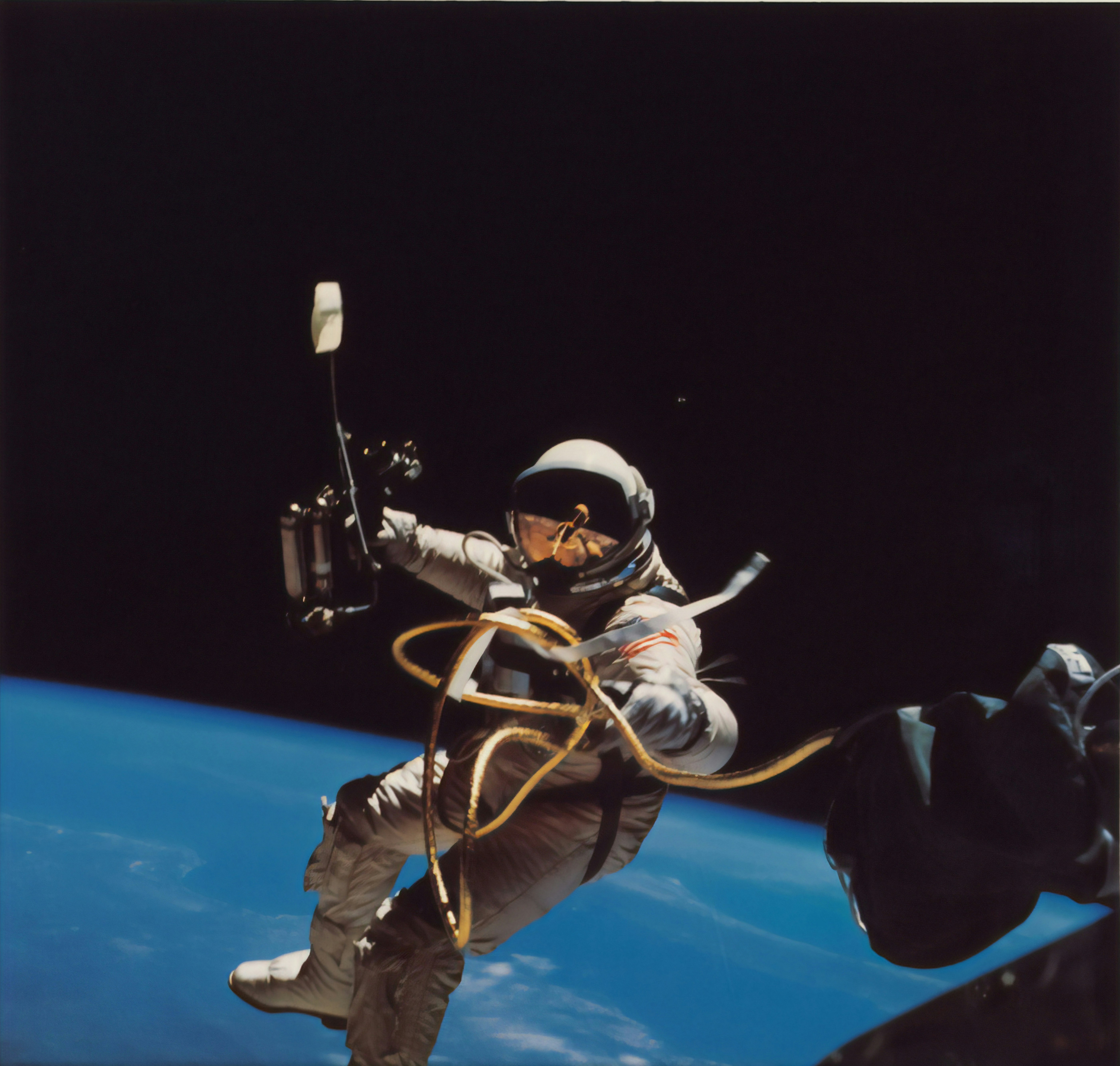A new center at the School of Engineering is set to research the intersections of AI, aerospace exploration and business.
Featuring collaborations between academia, industry and government, the Center for AEroSpace Autonomy Research (CAESAR), launched in May, is a step toward autonomous space ventures.
CAESAR was founded by Stanford’s Autonomous Systems Laboratory and the Space Rendezvous Laboratory and collaborates with major players in the aerospace industry, like NASA, Blue Origin and Lockheed Martin. Among plans to make space exploration more efficient is a project for an all-purpose AI “foundation model” capable of a range of space-related tasks from communication and image generation to robot computer vision and navigation.
Foundation models are “trained on broad data at scale, [are] designed for generality of output and can be adapted to a wide range of distinctive tasks”, according to the European Union AI Intelligence Act.
These models differ from traditional AI models since they can have up to trillions of parameters, and are capable of being repackaged for many different purposes. Despite their success in other fields such as natural language processing, classification and image detection, there has been limited research and development of AI foundation models in robotics and aerospace.
“The scientific community has seen tremendous success in the application of the first few generations of foundation models [outside robotics]. In general, these models have common sense and reasoning capabilities that no [non-foundation AI] models before them have,” said Chris Agia, a researcher at Stanford’s Autonomous Systems Laboratory and head of one of the founding labs of CAESAR. These models can make decisions about a wide range of problems just like a person can, as well as coming closer to, and sometimes even surpassing, the prediction and judgment capabilities of humans.
“Government agencies, like NASA, have already seen quite tremendous success in executing these missions with some degree of autonomy,” Agia said. Integrating AI is the next logical step forward.
However, Agia warned for cautious optimism about an autonomous future. It’s not yet clear how feasible a model the size necessary for robotics would be.
The size of AI models increases with the dimensions of the input data. For CAESAR researchers, their model will need to handle data tracking a range of variables including the motion, orientation, trajectory and environment of space vehicles. “As we incorporate more input modalities, the model would need to be able to support reasoning on those more complex data forms. We’re not just talking about text anymore,” Agia said.
According to Agia, the team also needs to consider their access to training data. “Unlike all the text and vision data that we have on the web, space-related data is actually a lot harder to come by. A lot of the time these large data sets are held behind closed doors, in government agencies,” he said.
Even regular text-based languages, like OpenAI’s ChatGPT have been running out of training data to improve their models, even though text-based training data is the most accessible and readily available type of training data for AI models.
Agia said a promising path forward for CAESAR is to utilize both open source datasets as well establish partnerships with organizations like NASA to obtain otherwise classified information on real space missions.
The CAESAR team would like to establish these partnerships, but such discussions are still in the early stages, according to Matt Foutter, a researcher at Stanford’s Autonomous Systems Laboratory which is a founding lab of CAESAR. He added that deploying a test model on actual space ventures is a long-term goal that will require collaboration with industry partners.
Jeff Liu ‘26, a computer science major, said, “If you want to convince them to put this completely new model on their satellite, you have to have really, really persuasive data on its reliability and how well it works. A lot of private satellite startups, like Muon, SpaceX and ASTRA, might be willing to test that if it can drive their costs down in the long run.”
Liu further expressed that integrating the AI foundation model in satellites or space shuttles likely requires the hardware to be modified, which is costly and again raises the bar for whether such a change is worth it.
The long-term goal for this project is to see this AI being deployed in actual space missions, but Agia said this is still far-off. In the meantime, CAESAR publishes papers on their progress “every three to six months”, according to Agia.
